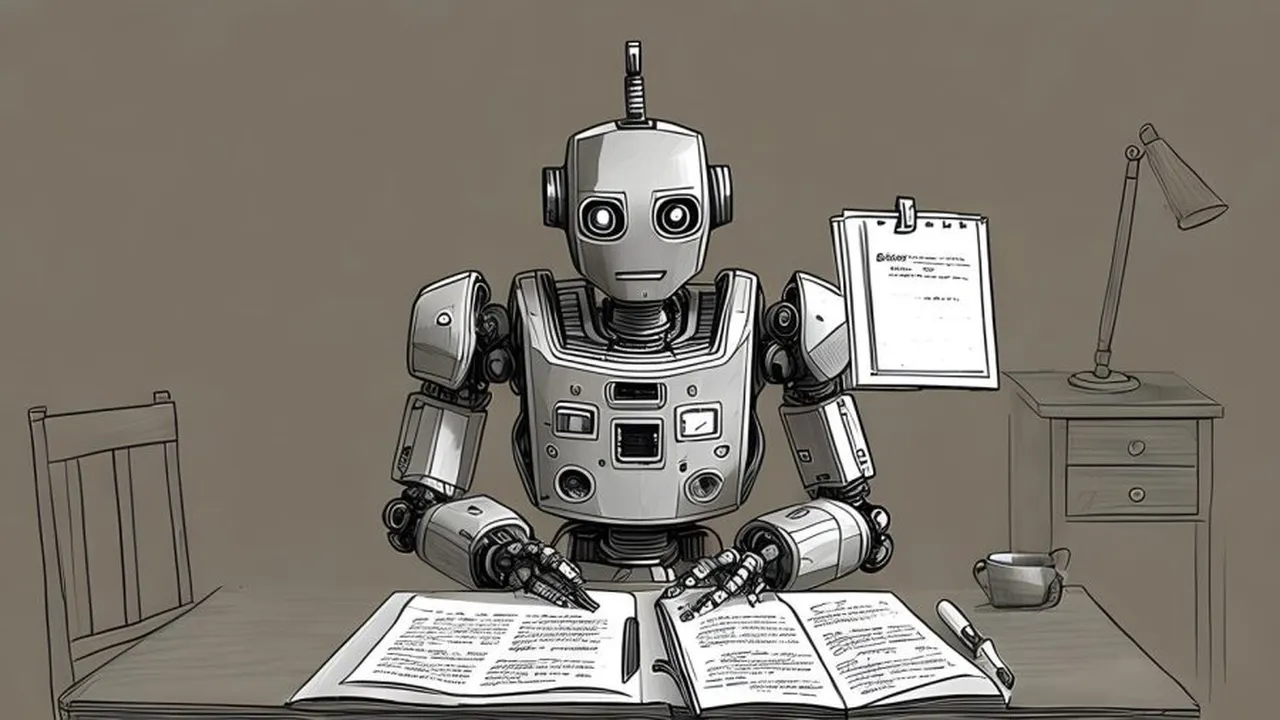The rapid development and widespread accessibility of powerful generative AI tools capable of creating texts, code, and even academic papers have posed an unprecedented challenge to the modern education system. As reported by technology publications, including potential articles in The Economic Times on May 18, 2025, a new era of "headaches" has dawned for students worldwide: they increasingly have to prove that their work was done independently and not generated by artificial intelligence. This Problem of Student Work Authenticity in the Age of AI is becoming one of the most discussed and complex issues in the academic environment.
While the main problem used to be combating plagiarism (copying others texts), today educators face a much more sophisticated adversary – AI-generated content, which often appears unique and grammatically flawless. In response, educational institutions are beginning to implement various AI detectors. However, as practice and numerous studies (e.g., published on ResearchGate and discussed by experts) show, these tools are far from perfect. They can produce false positives, accusing students of using AI when the work was written independently, especially if the authors style differs from the "standard" or if the student is a non-native speaker. AI detectors also often fail to keep pace with the evolution of generative models themselves, which learn to create increasingly "human-like" texts.
For honest students, this creates a situation of presumed guilt, where they have to make extra efforts to prove their originality: saving drafts, work logs, being prepared for oral defenses, or completing assignments in the classroom under supervision. This not only adds stress but also takes time away from the learning process itself. On the other hand, completely ignoring the problem is unacceptable, as the uncontrolled use of AI to complete assignments undermines the very essence of education – the development of critical thinking, analytical skills, and the ability to independently generate ideas.
The expert community is actively discussing ways to solve this dilemma. Various approaches are proposed: 1. Changing assessment formats: Shifting the focus from traditional written essays and reports to tasks that require demonstrating the thinking process, creativity, and application of knowledge in non-standard situations. These could be projects, debates, oral presentations, portfolios, practical case studies, or in-class assignments. 2. Focusing on the process, not just the result: Assessing intermediate stages of work, drafts, reflective journals where students describe their thought process and sources used. 3. Developing "AI literacy": Teaching students to use AI tools ethically and effectively as aids for research and idea generation, rather than as a substitute for their own work. It is important to clearly define the boundaries of permissible AI use. 4. Dialogue and transparency: Open discussion of the problem between teachers and students, and the development of clear academic policies regarding AI.
The Problem of Student Work Authenticity in the Age of AI is not just a technical detection issue, but a fundamental challenge requiring a rethinking of approaches to teaching, assessment, and the very concept of academic integrity. The solution will likely lie in a comprehensive approach that combines technological tools (with an understanding of their limitations) with pedagogical innovations and the formation of a new culture of responsible AI use.
